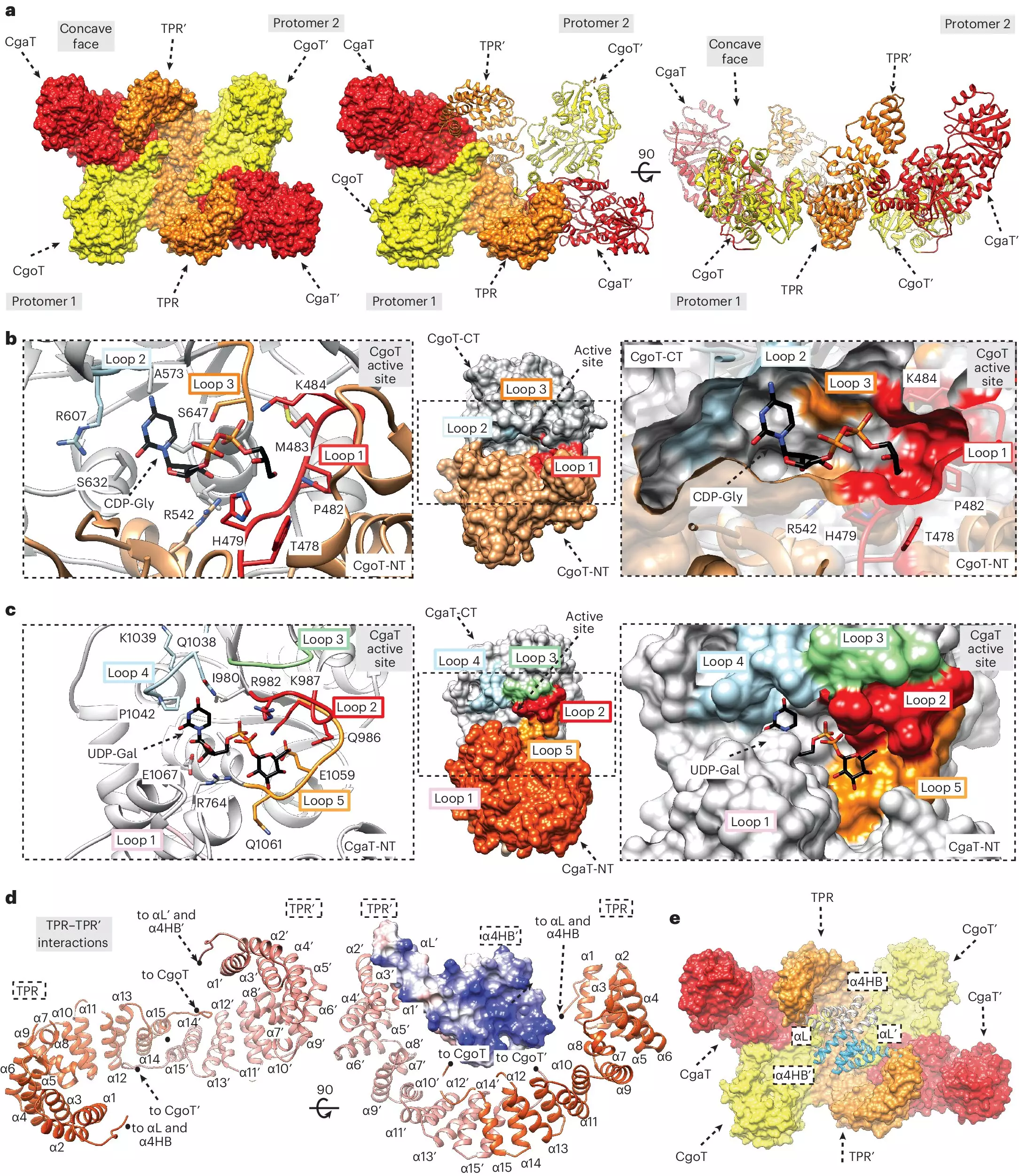Bacteria are ingeniously adaptive organisms that have evolved diverse strategies to protect themselves from environmental threats and host defenses. One of the most notable among these adaptations is the formation of a protective capsule, a structure formed by polysaccharides that lines the exterior of the bacterial cell. This capsule serves multiple protective roles, from preventing desiccation to masking the bacteria from host immune surveillance, thereby facilitating survival within the host. Recent research has shed light on the critical components and mechanisms involved in capsule formation, opening up new avenues for pharmaceutical interventions and vaccine development.
The Role of Capsular Polymers
Capsular polymers, composed mainly of sugar chains, create a formidable barrier for bacterial pathogens. This layer not only shields bacteria from environmental stresses but also enhances their virulence by evading the immune system. The presence of this capsule can significantly affect the pathogenicity of bacteria, making them more difficult to eradicate. Researchers have focused on understanding the biosynthetic pathways that lead to the synthesis of these capsular structures, as disrupting these pathways could potentially disarm these pathogens. Specifically, by targeting enzymes responsible for capsular biosynthesis, scientists hope to weaken bacteria sufficiently to enhance the host’s immune response.
The significance of bacterial capsules becomes even clearer when considering their protective nature. Without this outer layer, bacteria become much more susceptible to phagocytosis and other immune responses. This insight suggests that any strategy aimed at inhibiting capsule formation could serve as a potent method for enhancing antibiotic efficacy or for developing novel therapeutic options against resistant bacterial strains.
A groundbreaking study led by Dr. Timm Fiebig from Hannover Medical School has identified the critical components involved in the biosynthesis of the bacterial capsule. The team focused on the “linker” that connects the fatty acid anchor in the bacterial membrane to the capsular polymers. This linker was previously poorly understood, inhibiting the development of targeted antibacterial drugs. By elucidating the structure and function of this linker, the research presents a significant leap forward in our understanding of capsule assembly and its implications for bacterial virulence.
The research has also identified the class of enzymes known as transition transferases, which play a vital role in the formation of the linker. These enzymes are involved in extending the polysaccharide chains that constitute the capsule, thus influencing the overall effectiveness of this protective barrier. Understanding how these enzymes work not only paves the way for the development of drugs that can disrupt capsule formation but also provides insights into the basic chemistry of bacterial physiology.
The potential applications of this research extend beyond antibacterial drug design and into the realm of vaccine development. By manipulating the enzymes involved in linker production and capsule synthesis, researchers can create more effective vaccines. Laboratory studies have shown that elucidating the biosynthetic pathways and identifying critical enzymatic components can lead to the development of novel vaccines that elicit a strong immune response. For example, targeting the capsule of pathogens like Haemophilus influenzae type b (Hib), known for causing severe respiratory infections and meningitis, could yield more effective protective measures against these diseases.
Moreover, the study noted that transition transferases have conserved regions within bacterial genomes, suggesting that similar enzymatic strategies could be exploited across various bacterial species. This ability to target a common mechanism enhances the potential for broad-spectrum antibacterial drugs, as many pathogens employ analogous strategies to maintain their protective capsules.
As this research demonstrates, there is still much to learn about bacterial capsule biosynthesis and its implications for infectious disease management. Moving forward, scientists will likely delve deeper into characterizing the structural differences between linkers and capsular polysaccharides, further clarifying their roles in bacterial defense mechanisms. Identifying additional candidates for enzymatic action will be crucial, not only for drug development but also for achieving a more comprehensive understanding of bacterial genetics and physiology.
This pivotal research illuminates the complexities of bacterial survival strategies through capsule formation. With insights gained from these studies, there lies the promise of advancing therapeutic and preventive measures against stubborn bacterial infections—an urgent necessity in an era of rising antibiotic resistance. By further exploring and exploiting these bacterial mechanisms, the scientific community stands to make significant strides in public health and disease prevention.

